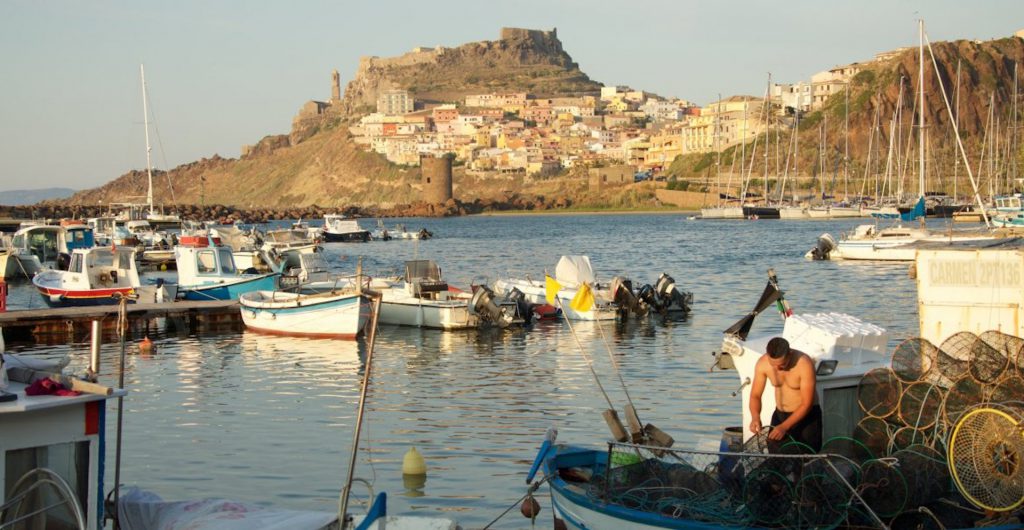A destination for sustainable tourism lovers
Sardinia is the second largest island in the Mediterranean, lying west of the Italian mainland and south of France and Corsica. The destination encompasses many archipelago all around, like La Maddalena, off the Costa Smeralda, is made up of 7 large islands, islets and fifteen hundred outcrops that are distinguished by the beauty of their coastline and their nature.
L’isola dell’Asinara: a very high level of biological and ecological importance
Located in Sardinia North West, isola dell’Asinara, once used as a prison maximum security, is now the headquarters of the National Park dell’Asinara which has a very high level of biological and ecological importance. The island houses a rich wildlife, with beyond 80 species of terrestrial vertebrates, amphibians, reptiles, birds and mammals.
The Tavolara Island, at the entrance of the Gulf of Olbia, is one of the most interesting of the Mediterranean for diving enthusiasts, with its many archaeological sites underwater.
South of Sardinia with the islands of Sant’Antioco, with its numerous beaches and reefs, home to the archaeological museum, the largest exhibition the Phoenician-Punic culture in the Mediterranean, and the Basilica of S., one of the first Christian churches in the Mediterranean and one of the three oldest churches of Sardinia.
The Isola di San Pietro is characterized by the presence of coves, cliffs and caves, such as geese and Punta Nasca, particularly striking are the Trogiu, a natural pool in the rocks, Calavinagra, perhaps the most beautiful Fjord northwest, and Calaf, a narrow entrance between two large white stone walls. The island is home to the “Oasis LIPU Carloforte, an important place for nesting and stopover for many species of birds, including the Queen of Falco.
The isola Plains, finally, present a clear and particularly suitable for water sports, sailing and fishing Sea.
South Sardinia is the first sustainable Mediterranean destination
Visit South Sardinia, the Destination Management Organisation (DMO) formed by the municipalities of Cagliari, Domus de Maria,Muravera, Pula and Villasimius, and has been recognized as the first sustainable destination in the Mediterranean.
The area south of Sardinia participated in the international project of recognition of a sustainable destination promoted by the Global Sustainable Tourism Council (GSTC), the non-profit agency that deals with sustainable tourism worldwide within the context of the World Tourism Organization (UNWTO).
Visit South Sardinia completed the Early Adopters Program of the GSTC which established the sustainability of a destination based on scientific criteria (40 criteria and 81 indicators) recognized on a global level.
The South Sardinia program is overseen by the GSTC’s Destination Working Group and managed by NGO partner Sustainable Travel International (STI). The Destination Criteria complement and complete the existing GSTC criteria for Hotels and Tour Operators, which is the worldwide sustainability standard for tourism businesses.
More over, the data of Confartigianato association show that in Sardinia more than 2,000 companies in the “green“ supply chain opens last year, the number of photovoltaic installations increased by 52 % and the energy produced even of 89%.



